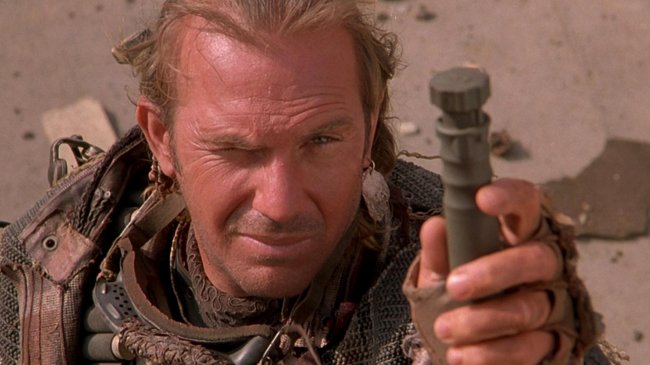
There are some things that money cannot buy, and these movies are a great example of that. Just because a film has a high budget does not mean that it is guaranteed to be amazing or even decent.
There are a lot of components and factors that go into making a film, meaning that something not working out during the production process is practically inevitable. When a film not only experiences failures, but has them consistently appear, it is simultaneously a major disappointment and a major accomplishment.
These fifteen films are among the worst to have a ludicrous amount of money result in mediocre critical and/or commercial failure. While there was not a restriction on number of entries by a director, there was a limit of one film per franchise.
An example of this limitation would be that if movies involving Superman were to be considered, then it would be acceptable to include one Christopher Reeve film and one Henry Cavill film but unacceptable to include two Reeve films.
Each of the films that follow also has an estimated budget (adjusted for inflation) of at least $125 million. And now, without further ado, the worst big-budget movies list commences.
15. Armageddon (1998)
Estimated Budget: $140 million ($215.2 million after inflation)
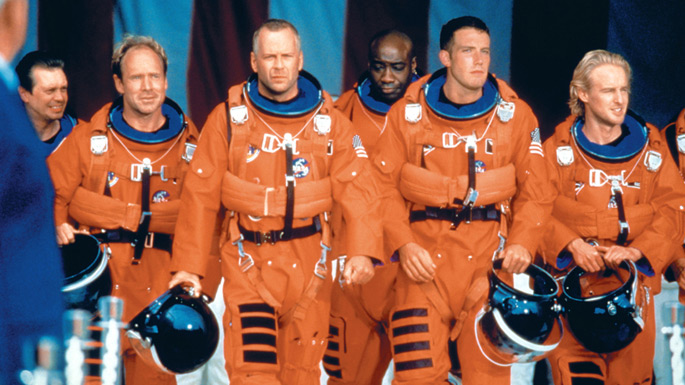
Directed by special effects fanatic Michael Bay, this film may be better than some of his other contributions, but that is not saying much. A summer blockbuster hit at the theatres, Armageddon finished as 1998’s top grossing film worldwide, with over $550 million. On the critical side of the spectrum the film suffered.
The film, as its name implies, focuses on the possible ending of life on Earth and the planet itself. When an asteroid appears to be on a direct path for Earth, NASA reluctantly decides to hire a group of experienced oil drillers to launch into space, place a nuclear bomb deep within the asteroid, and detonate it before it gets close enough that its destruction will not spare Earth.
Featuring a cast of both acting talents and box-office draws, the film is one of the many to boast a huge ensemble cast and fail to deliver any compelling acting performances. Among the names that “grace” its cast list are Ben Affleck, Steve Buscemi, Michael Clarke Duncan, William Fichtner, Peter Stormare, Billy Bob Thornton, Liv Tyler, Bruce Willis, and Owen Wilson.
The movie features a plot that is not only done too often, but also, more often than not, done underwhelmingly. This attempt being no different than the majority. The special effects are not bad here, which certainly saves Armageddon a little, since it does spend a fair portion of its time set in outer space.
The end of the movie features the song “I Don’t Want to Miss a Thing” by Tyler’s father Steven’s band, Aerosmith, which has a strong case as one of the worst songs of all time. Armageddon was much-appreciated at the Golden Raspberry Awards, which are annually given out to the worst in film.
The movie garnered seven nominations, with Bruce Willis taking home the Razzie for Worst Actor. One of the more surprising things about Armageddon is that the negative critical reception that it received across the globe still resulted in it being honored with a release by and inclusion into the prestigious Criterion Collection.
14. Spider-Man 3 (2007)
Estimated Budget: $258 million ($311.8 million after inflation)
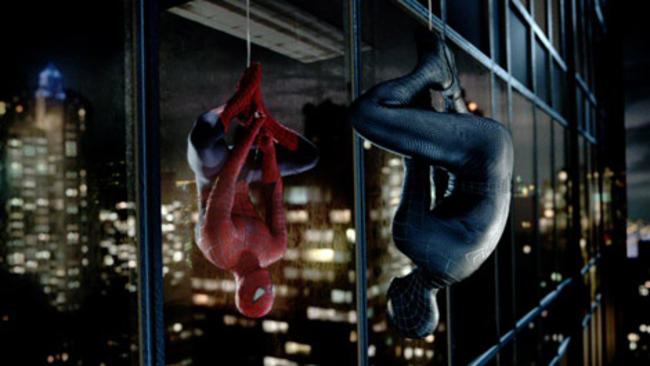
In 2002, acclaimed horror director Sam Raimi made Spider-Man, a hugely successful film about Peter Parker, a high schooler who develops superpowers after being bitten by a radioactive spider and, ultimately, taking on the Green Goblin, the evil alter ego of Parker’s best friend’s father.
In 2004, Raimi made Spider-Man 2, which was an even bigger success than the first. Deemed one of the worthiest sequels and superhero movies, Raimi’s second installment pinned Parker against Doctor Octopus, a former nuclear scientist bent on revenge and scientific success after one of his experiments results in the death of his wife and his fusing with deadly tentacles equipped with artificial intelligence.
When 2007 rolled around, Raimi brought forth his third Spider-Man film, this one pitting Spider-Man against two villain favorites from the comics, Venom and Sandman, as well as New Goblin, the new alter ego of Parker’s estranged best friend.
The results were less enthusiastic. While the movie was still a success at the box-office, the critical reception was mixed, and it was viewed as significantly worse than its predecessors. What could have been a fine finale to the trilogy quickly became a misguided attempt to do too much as an attempt at making the movie stand out when compared to the former two films.
Perhaps the biggest fault of the film, apart from casting Topher Grace (known for playing Eric Forman in the hit series That ‘70s Show) as the diabolical Venom, was the attempt at showing the darker side to a superhero, which was difficult to watch not because of its destruction of the audience’s fondness for Peter Parker/Spider-Man, rather for its poor conception, realization, and performance.
The one thing that Spider-Man 3 did very well was how the Thomas Haden Church’s Sandman provided Peter Parker with closure regarding the death of Parker’s uncle, who perished in the first film.
13. John Carter (2012)
Estimated Budget: $264 million ($288.1 million after inflation)
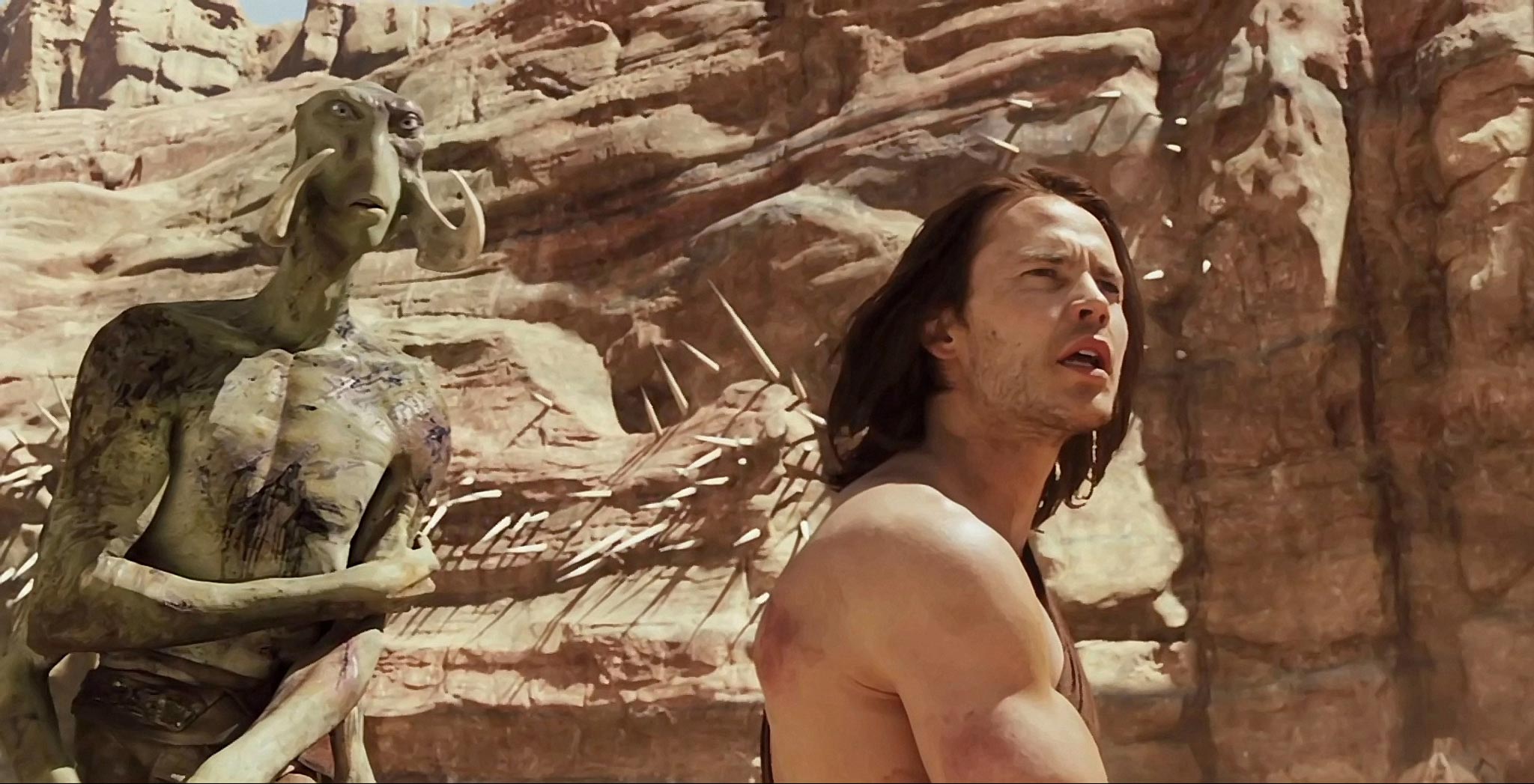
If Disney prioritized the majority of this movie’s massive budget for the special effects department, then they really succeeded. This movie looks good. If Disney prioritized the majority of this movie’s massive budget for plot purposes, then hopefully, they fired everyone who worked on this movie by now.
If you are drawn to films with enticing visuals and thrilling action sequences without the presence of any coherent plot or compelling characters, then John Carter is your kind of movie. Director Andrew Stanton (of Finding Nemo (2003) and Wall•e (2008) fame) intended for this to be the first of three John Carter movies, but Disney quickly scrapped that idea when the box-office statistics began to take shape.
The film grossed $284 million, which was less than the overall cost to release the film (when combining the budget with marketing). John Carter is an American Civil War veteran who, after being transported to the planet of Barsoom (Mars), reluctantly becomes the envisioned savior for one of the Martian races.
Well-known as one of the literary characters and worlds that Hollywood had been trying the hardest to create a film for, John Carter and Barsoom do not receive the epic justice that the protagonist and the planet deserve after being featured in such a long-running (11 titles), acclaimed, and favorited series.
12. Batman v Superman: Dawn of Justice (2016)
Estimated Budget: $263 million ($274.5 million after inflation)
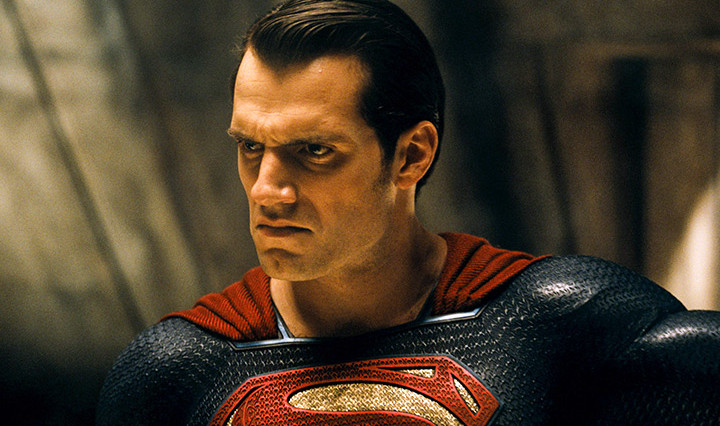
There are two big superhero comic book universes: Marvel and DC. With the success of the Marvel cinematic universe films, especially Marvel’s The Avengers (2012) and Avengers: Age of Ultron (2015), DC needed a counterattack. It did not help matters that the best DC adaptations were Christopher Nolan’s Dark Knight trilogy, which focused solely on Batman and no other hero in the comics.
The expectation that formed for Batman v Superman: Dawn of Justice was monumental, filled with the hopes of those who had grown tired of the Marvel movies and wanted a change of pace, the devout DC fans, the individual fans of Batman and Superman, and countless other subcategories of people. What they got was something… else.
While still a commercial success after grossing over $870 million, the movie was (largely) a critical flop. One of the biggest problems that the film suffers from is pacing. The film’s plot is incredibly dense, both with events and characters.
It’s very easy to see that the makers were trying to fit both a grand superhero clash and the necessary preparations for a superhero anthology akin to Marvel’s movies within Batman v Superman’s two-and-a-half-hour runtime. These intentions made the film incredibly difficult to enjoy and a real trial to watch.
The movie is supposed to follow Bruce Wayne (played unconvincingly by Ben Affleck, who failed as a superhero once before in Daredevil (2003)) and his path to rid the planet of Superman (Henry Cavill) after deeming Superman’s presence too much of a threat to the planet’s safety, all while Lex Luthor (Jesse Eisenberg) is also planning to eliminate Superman.
Visually, issues can also be introduced over the differences in superhero garb worn by Batman, Superman, and Wonder Woman. Batman v Superman: Dawn of Justice tied with Zoolander 2 (2016) for most nominations at the Golden Raspberry Awards, while taking home four for Worst Supporting Actor (Eisenberg), Worst Screen Combo (Affleck and Cavill), Worst Prequel, Remake, Rip-off, or Sequel, and Worst Screenplay (Chris Terrio and David S. Goyer).
11. The Lone Ranger (2013)
Estimated Budget: $250 million ($268.9 million after inflation)
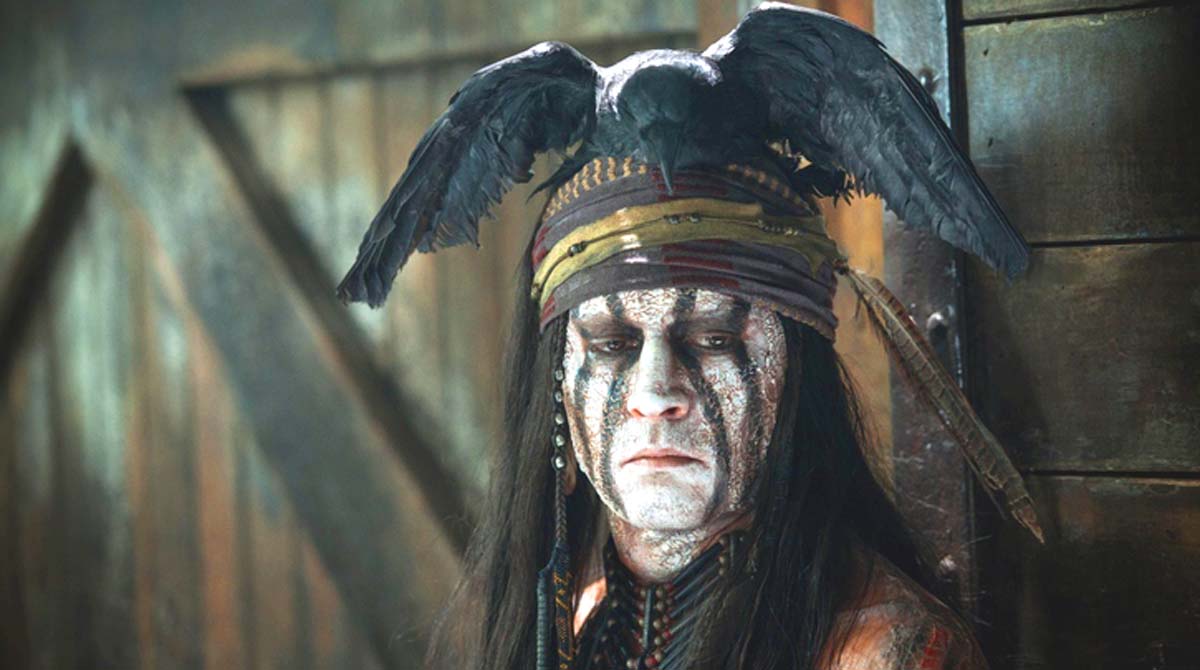
Serving as a kind of origin story for The Lone Ranger and Tonto’s partnership, The Lone Ranger is an incredibly fun and thrilling film. But it is also an incredibly dry, long, and incohesive film that, like Batman v Superman, tried to do way too much.
Perhaps the most impressive aspect of The Lone Ranger is its ability to leave some of the audience with the feeling of, “Oh, is that it?” and waiting in expectation at the end for there to be some post-credits scene that might answer one of the countless questions left unanswered, while others leave feeling satisfied by the action sequences and preferring not to think about the confusion of how the film got to its conclusion.
Full of questionable casting choices, the film stars Armie Hammer as the titular character and Johnny Depp as his Comanche partner and mentor. The film, serving as a retelling of events by Tonto to a boy at a fair, follows their beginnings as a team and their attempts to bring order to the Wild West by confronting ruthless outlaw (William Fichtner) and a corrupt railroad tycoon (Tom Wilkinson).
The film is famous for its many troubles during filming, which included expectations of a cancellation and controversy over Tonto and Depp’s performance of the character. It did not receive the strong box-office performance that was expected, resulting in the film outgrossing its budget by a mere $10 million.
Hidden among the film’s various problems is a rather good performance by Helena Bonham Carter as a brothel madam who assists the film’s heroes, an often-comical script, and amusing sight gags. But that’s not enough to offer someone in exchange for two-and-a-half hours of their time. The Lone Ranger won Worst Prequel, Remake, Rip-off, or Sequel among its five Razzie nominations.
10. Green Lantern (2011)
Estimated Budget: $200 million ($222.8 million after inflation)
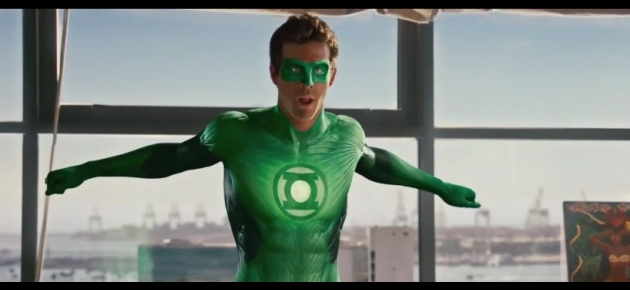
Before he was the lovable antihero Deadpool, Ryan Reynolds was the cocky test pilot-turned Green Lantern member Hal Jordan. Another failed DC movie, Green Lantern is one of the premiere examples of a film that not only has a lot of visual effects but has a lot of poor visual effects. It also has a poor script, plot development, collection of villains, and an uneven-borderline-aggravating flow.
The film follows Jordan, a human who is chosen by a Green Lantern’s ring to be the next member of the elite intergalactic justice corps. Disliked by many people on Earth and by even more fellow Green Lanterns, he must come to terms with his new appointment and save the universe’s balance of power by stopping Parallax. It’s a formula known all to well and executed just about as pathetically as is conceivable.
Initially intended to be the first in a series, the movie has a mid-credits scene that could have turned into an interesting sequel. Of course, that would have meant risking a lot of time and money on a movie that would follow up one that failed to gross more than $20 million more than its budget. Understandably, that made Green Lantern 2 a risk best left avoided.
9. Shrek the Third (2007)
Estimated Budget: $160 million ($193.3 million after inflation)
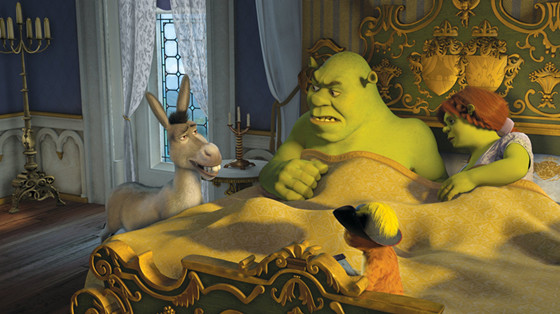
Some people fail to realize how costly an animated film can be. In some cases, the costly production can be shown to have been worth it on a critical scale, with Tangled (2010) serving as one of the strongest examples in recent years. In other cases, not so much. Take Shrek the Third for example.
This movie, which attempted to follow up the overwhelmingly successful sequel Shrek 2 (2004), was, unlike its predecessors, a critical failure and not as commercially successful as Shrek 2. The strongest candidate for where the movie went wrong is in the idea of making it at all.
Shrek 2 was immensely successful and popular among critics and audiences alike. In terms of a sequel, while they are essentially guaranteed in today’s world for animated films, the second movie in the franchise ended with a strong and satisfying conclusion to not just that film, but the franchise’s overall plot.
Nevertheless, Shrek the Third was made. It begins with the death of the King (John Cleese), and Shrek (Mike Meyers), not interested in serving as King of Far, Far Away, decides to retrieve Artie (Justin Timberlake), cousin of his wife Fiona (Cameron Diaz) and, as he sees it, the most suitable person for the role as king. Joined by Donkey (Eddie Murphy) and Puss in Boots (Antonio Banderas), they begin a journey that quickly becomes more tedious than they expected.
What’s more, Prince Charming (Rupert Everett) is still bent on revenge. Apparently, Shrek the Third was not enough. Shrek Forever After (2010) was released three years afterwards, and the fifth Shrek film is set to be released in a year or two.